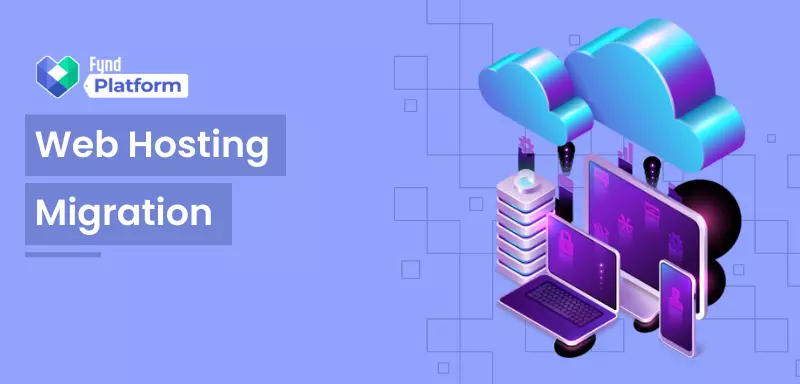Migrating your website to a new hosting platform can be a daunting process, but with the right strategies in place, you can minimize downtime and ensure your website’s functionality remains intact. This guide provides ten essential steps to help you execute a smooth website migration in November 2024.
1. Assess Your Current Website Needs
Before initiating the migration process, it’s crucial to assess your website’s current performance and future needs. Take time to evaluate your site's traffic, content, and specialized features like plugins or custom scripts. Understanding these elements will guide your decision-making when choosing a new hosting platform. This evaluation also helps determine the most suitable hosting plan, whether shared, VPS, or dedicated, ensuring the long-term success of your website.
2. Choose the Right Hosting Platform
Selecting the right hosting provider is the cornerstone of a successful migration. Take into account factors like performance, scalability, customer support, and security features. If your website experiences high traffic or requires specific tools, you may need a VPS or dedicated server. Choose a platform that can grow with your website’s needs, offering sufficient bandwidth and storage, along with the flexibility to handle peak traffic periods.
3. Backup Your Website Data
A complete backup is vital before migrating your website. This includes HTML files, media files, scripts, and all database content from your content management system (CMS). Click here A reliable backup ensures that if anything goes wrong during the migration, you have an untouched copy of your website that can be restored. Utilize tools or plugins like UpdraftPlus or Duplicator to make this process efficient and safe.
4. Prepare Your Domain and DNS Settings
Updating your domain and DNS settings is a crucial part of the migration process. Ensure you have access to your domain registrar and prepare to update DNS records to point to the new hosting platform. Plan the DNS update carefully to avoid unnecessary downtime by adjusting TTL (Time to Live) values. This helps reduce the propagation time, ensuring that users are directed to the new server as quickly as possible.
5. Test the New Hosting Environment
Before fully migrating your website, test the new hosting environment to ensure it’s compatible with your CMS, scripts, and plugins. Set up a staging environment or temporary URL to upload your site and run tests. Check server capabilities, including traffic handling and load times, to ensure that the new platform meets your performance expectations. Testing this environment beforehand allows you to identify any potential issues without disrupting your live website.
6. Migrate Your Website Files and Database
Once you’ve completed testing, it’s time to migrate your website’s files and database to the new platform. Depending on your site's size, you can either manually transfer the files via FTP or use a migration plugin like All-in-One WP Migration or SiteGround Migrator for simplicity. Click here When migrating the database, tools like phpMyAdmin can help ensure the integrity of your data. After transferring the files, make sure to properly configure the new hosting environment so everything functions as expected.
7. Optimize Your Website for the New Hosting Platform
After migration, it’s important to optimize your website to perform well on the new hosting platform. Review server configurations and fine-tune settings like caching, compression, and resource allocation. If you've migrated to a more powerful hosting solution, such as a VPS or dedicated server, leverage additional resources to further improve performance. Ensuring these optimizations will make your site run more efficiently and improve user experience.
8. Monitor Website Performance Post-Migration
Once the migration is complete, actively monitor your website’s performance. Use tools like Google Analytics and uptime monitoring services to track key metrics such as uptime, page load speed, and error rates. Regularly reviewing these statistics helps identify any issues that might affect user experience and allows you to address them before they become larger problems. Monitoring post-migration is key to confirming that your new hosting platform is working as expected.
9. Update Your SEO and Analytics Settings
A successful migration also involves preserving your SEO rankings. After migration, check for broken links and ensure that all redirects are in place. Update your sitemap and ensure that search engines can crawl your new hosting platform. Click here Additionally, update your Google Analytics and Google Search Console settings to reflect the new platform. Keeping these SEO settings intact ensures that your rankings are not negatively impacted and that you continue to track performance accurately.
10. Test All Website Functionality
Once the migration is completed, thoroughly test all aspects of your website to ensure everything works as expected. This includes forms, payment systems, custom features, and media files. Verify that all links are functioning correctly, images are loading, and any specialized functionality is working. Testing ensures that users experience no issues when interacting with your website, which is crucial for maintaining a positive user experience and a smooth migration.


